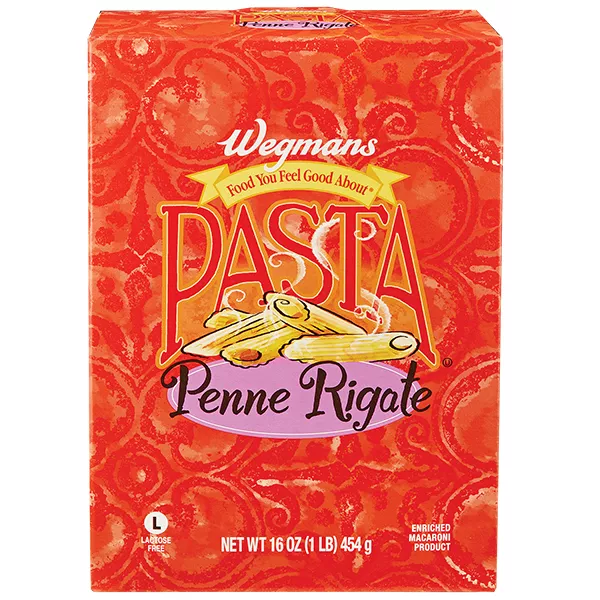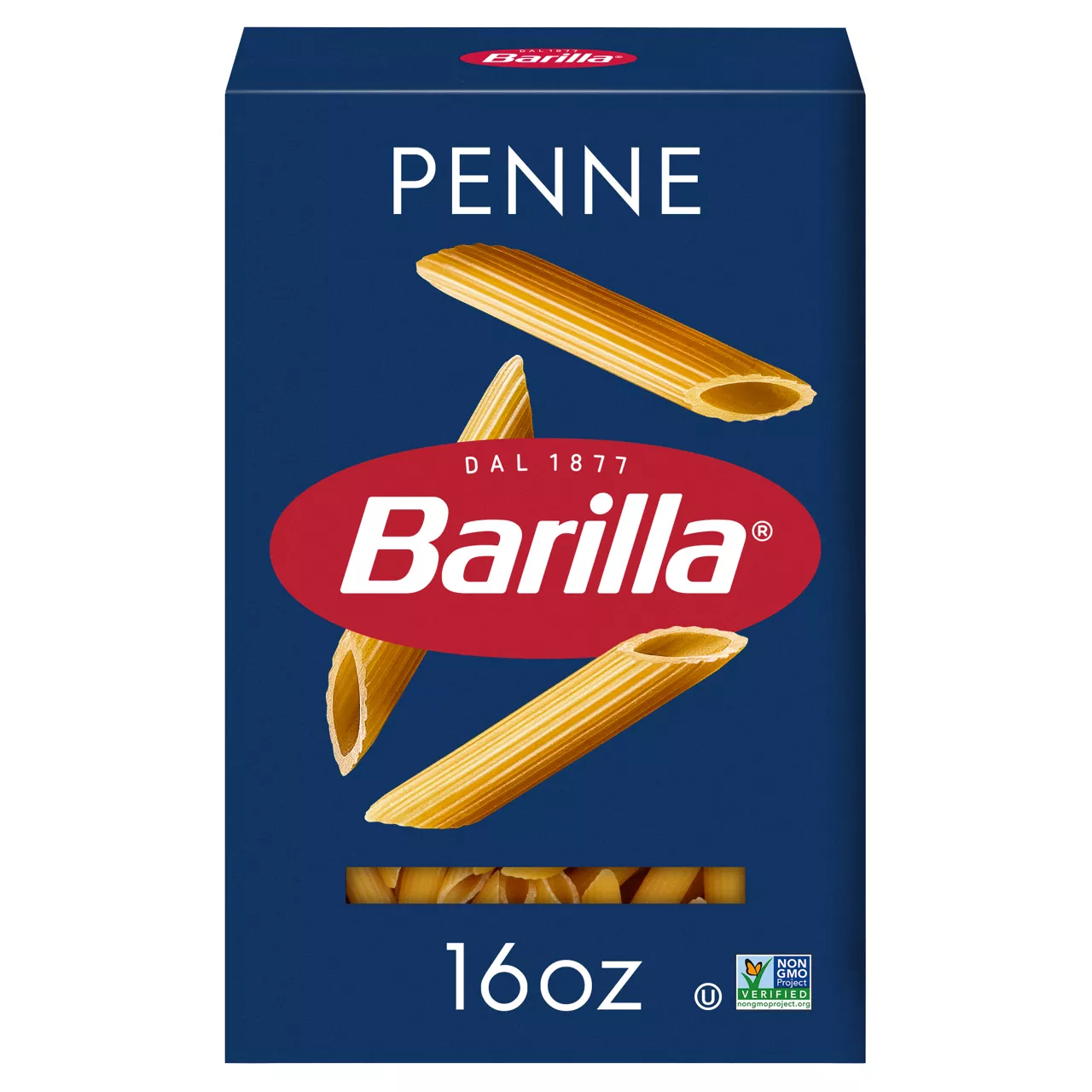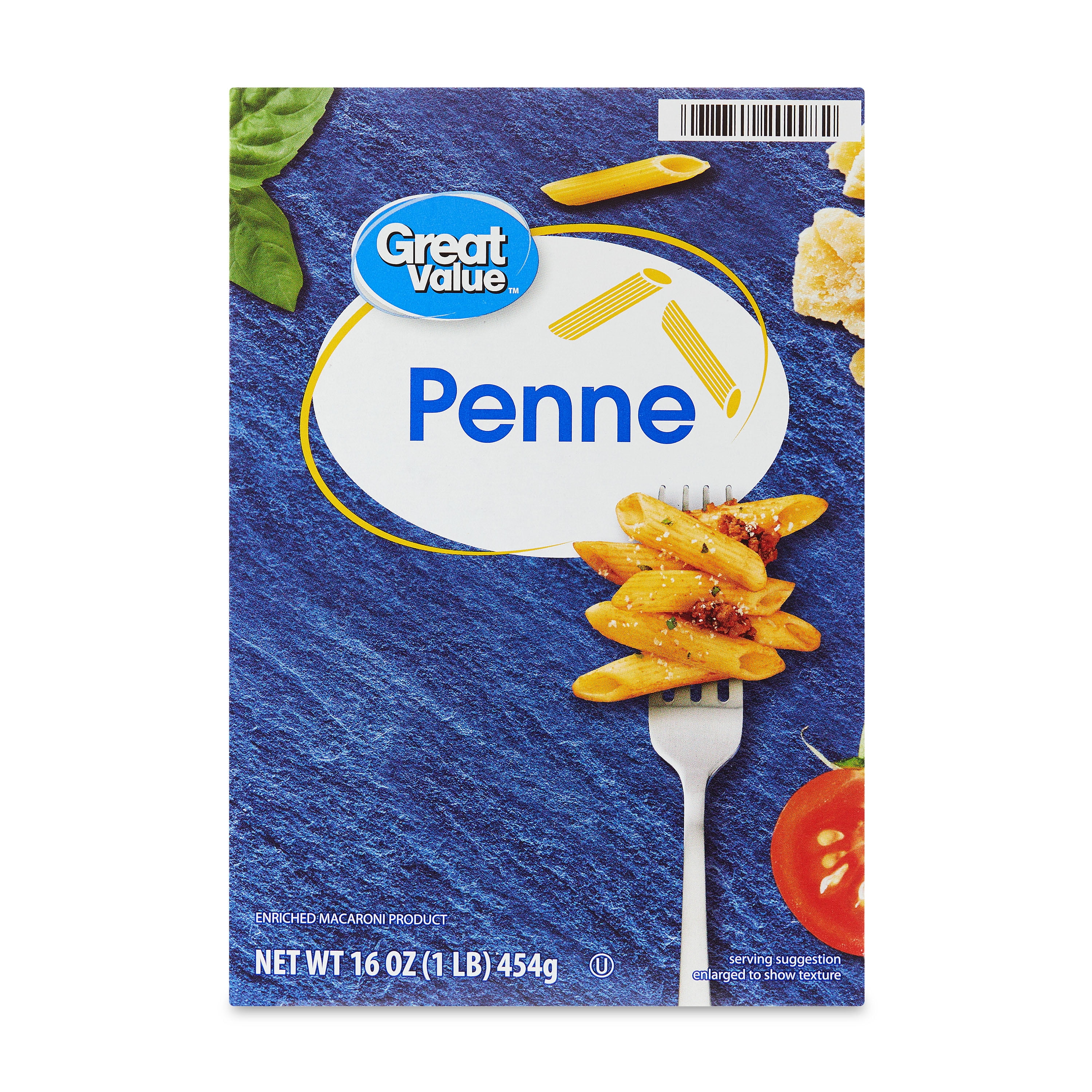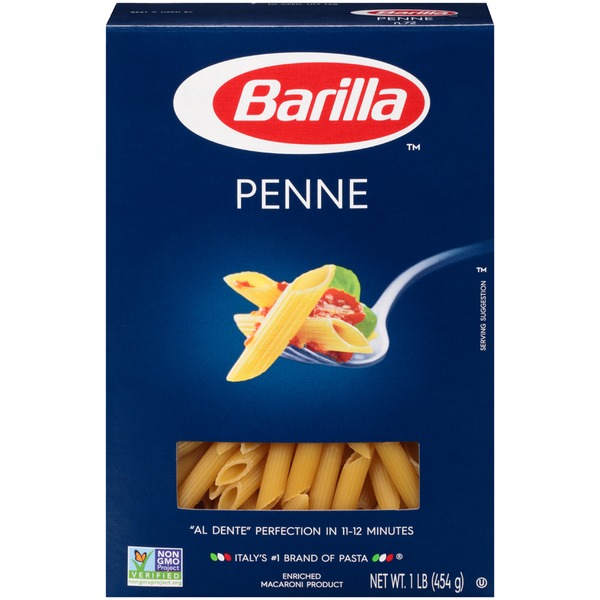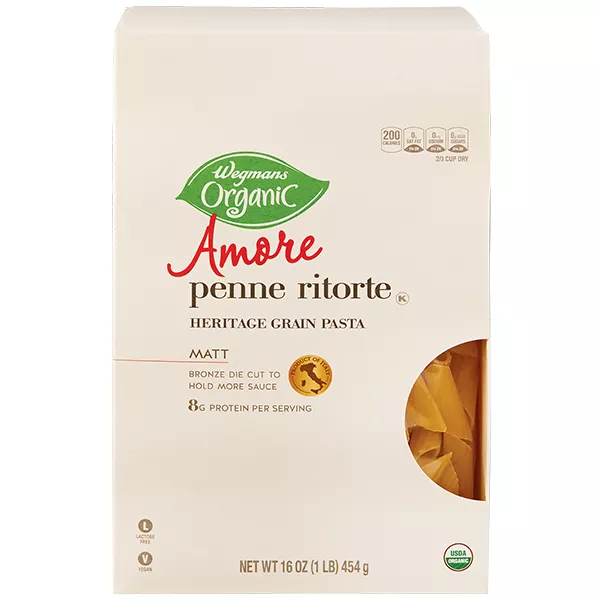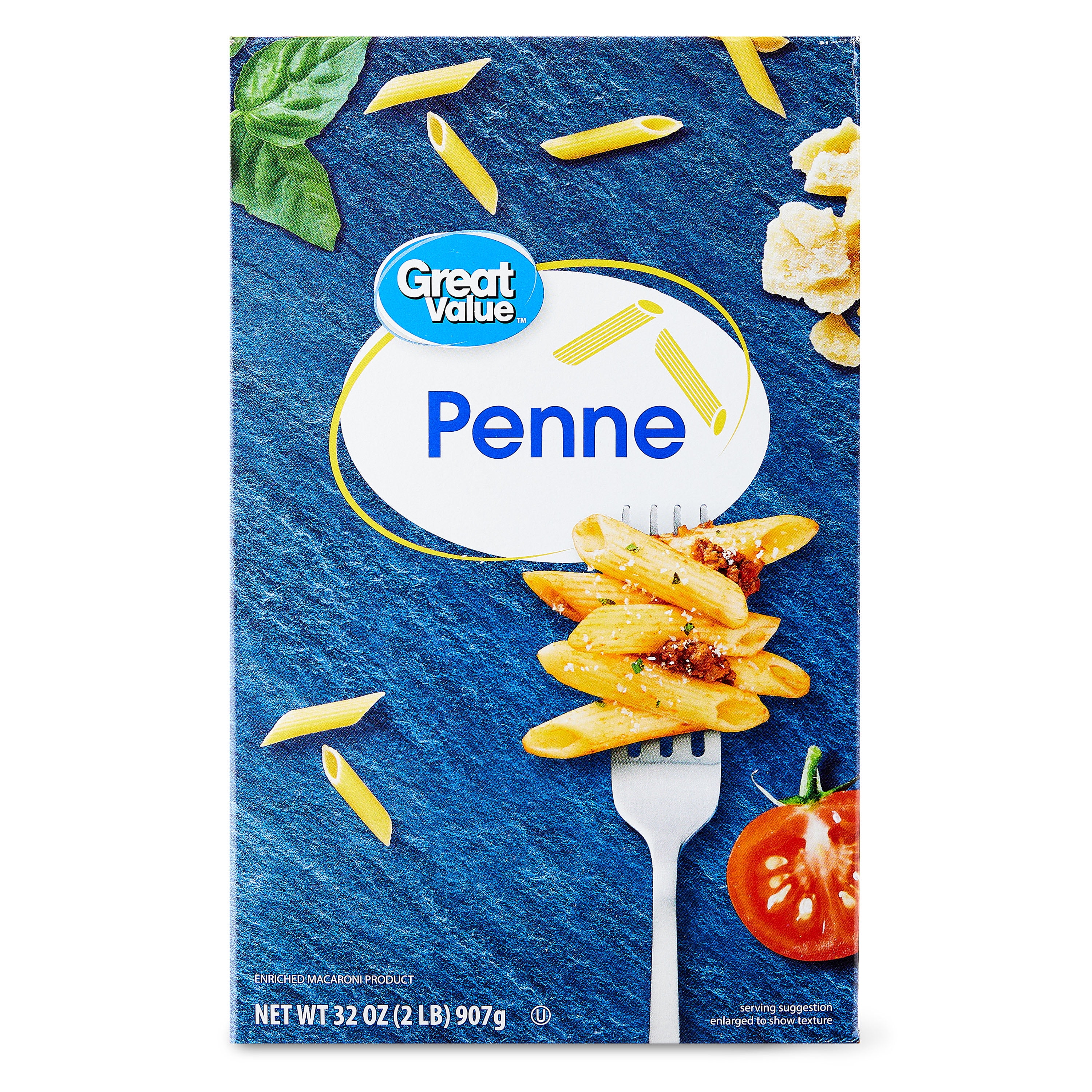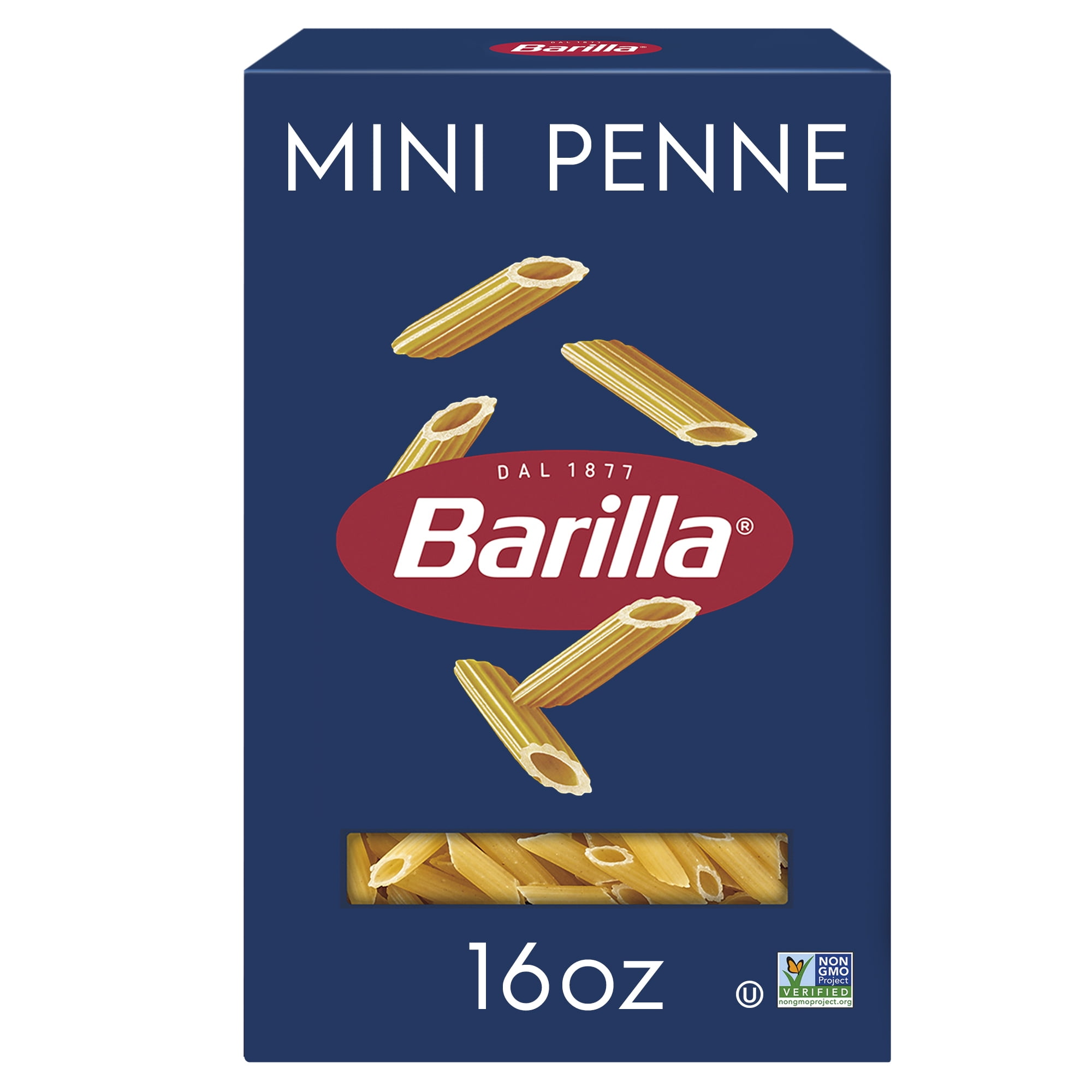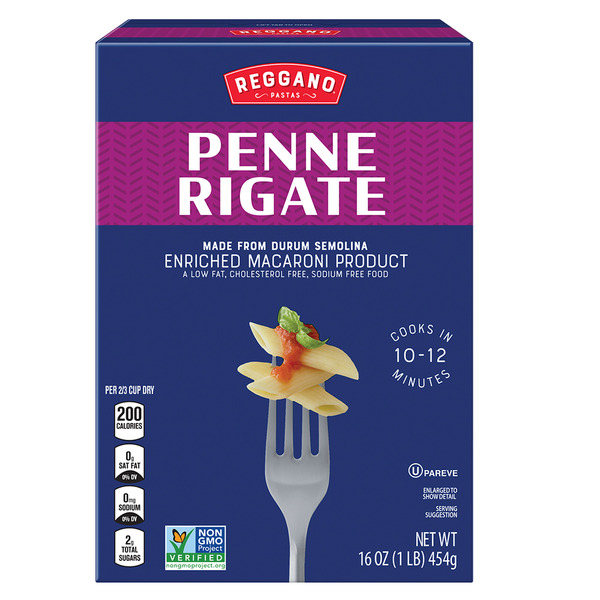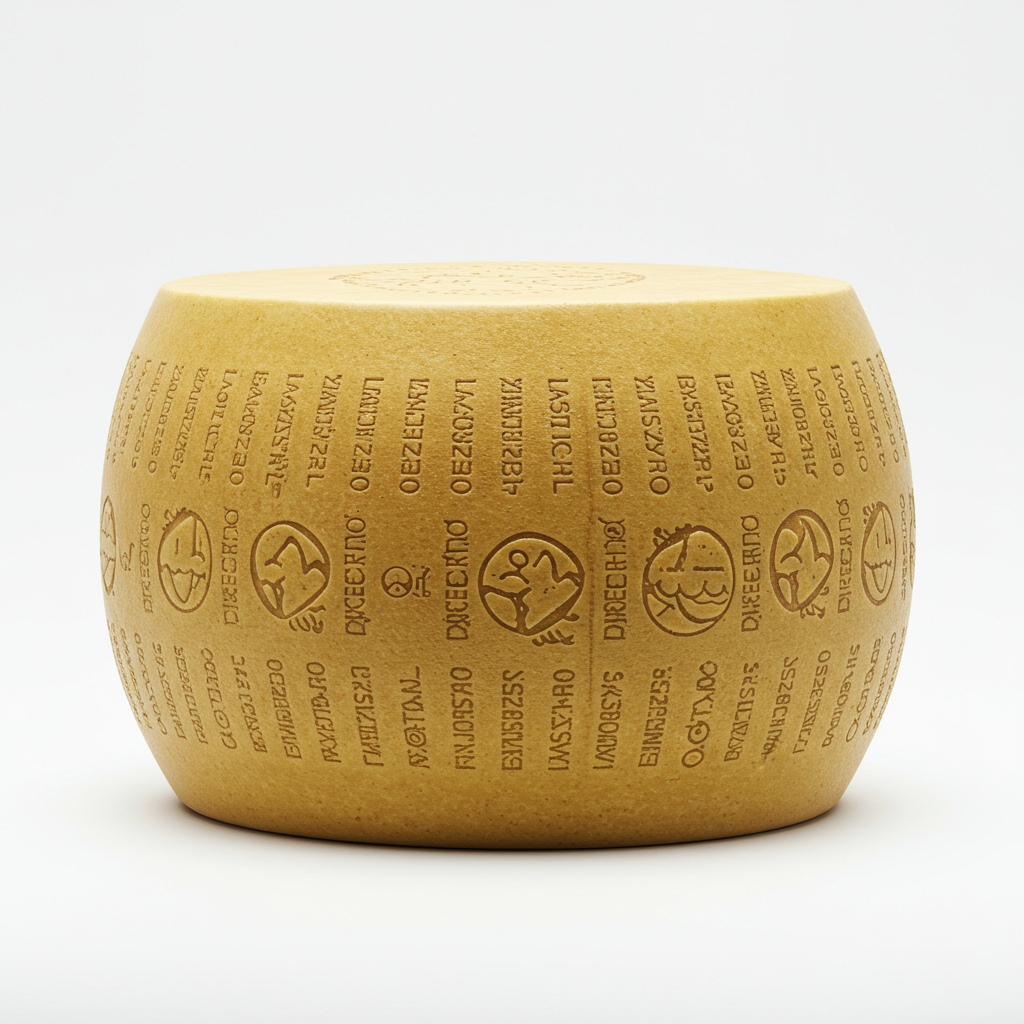MAIN DISHES
SIDE DISHES
Penne Pasta
Penne pasta is a popular type of Italian pasta characterized by its cylindrical shape with diagonal cut ends, resembling the nib of a quill pen, from which it derives its name. The pasta tubes are typically around 1.5 to 2 inches in length, with a ridged (rigate) or smooth (lisce) outer surface. Made from wheat flour and water, penne is widely used in a variety of dishes and is a staple in traditional Italian cuisine.
Penne is particularly suited for meat, vegetable, and-cheese-based sauces due to its unique shape, allowing the sauce to be trapped in and around the pasta. Classic recipes featuring penne include Penne alla Vodka, Penne all'Arrabbiata, and Penne Primavera. Due to its versatility, penne can also be incorporated into baked pasta dishes, salads, and one-pot meals.
84%
CARBS
2%
FAT
14%
PROTEIN
1,901 Penne Pasta Products
Used In 262 Recipes
5
One-Pan Rustic Italian Sausage Pasta
3
One-Pot Creamy Chicken and Mushroom Penne
5
Easy One-Pot Chicken Parmesan Pasta
4
Creamy Roasted Red Pepper Penne
5
Creamy Chicken Primavera
6
Fiery Penne Pasta in Scarlatti Sauce
5
Cheesy Chicken Tomato and Basil Penne Delight
4
Luscious Lemon Broccoli Pasta
Penne Pasta Is Frequently Used With
Penne Pasta FAQ
Penne pasta is often misunderstood as just another type of pasta, but its particularities bring to the table a variety of possibilities in cooking that can elevate any dish. The secret of this pasta lies not only in its shape but also in the texture: the hollow, cylindrical form is ideal for absorbing and retaining thick, chunky sauces, while the ribbed (rigate) variety adds an extra dimension of texture that can be a game-changer for any pasta recipe.
Many novices tend to panic or rush when it comes to pasta cooking, and that's where they generally go wrong. It's essential not to stir the pasta immediately after it has been added to the boiling water, as it might cause it to stick together. Also, using a large pot with plenty of water will allow the pasta to cook more evenly.
The most from penne pasta can be extracted when it's served al dente, a term which means 'to the tooth'. This point is reached when the pasta is cooked but still firm when bitten. Al dente pasta not only tastes better but is also easier to digest and has a lower glycemic index than overcooked pasta.
Another little-known but handy tip about penne is that the pasta's size can actually serve as a measurement aid. Since an individual piece of penne is roughly equivalent to 10 grams, you could estimate the portion size without a scale. Also, you can riff on the fill-then-drizzle technique typically used for giant shells or manicotti by filling the tubes with creamy sauces or purees.
Why does my penne pasta stick together when cooked?
How can I prevent penne pasta from being too soft or too hard?
Should I rinse my cooked penne pasta after draining?
Can I use penne pasta for pasta bakes?
Why should I salt the water when making penne pasta?
Do I have to use a sauce with penne pasta?
Can I cook penne pasta in a microwave?
What's the best sauce to use with penne pasta?
Does penne pasta have egg?
Can I use penne pasta in a soup?
Expiration & Storage Tips
When does penne pasta expire?
If left unopened, a packet of dry penne pasta can last up to two years past its 'best by' date, as long as it's stored in a cool, dry place. Once the pasta packet has been opened, it's best to use it within one year. Fresh, homemade penne pasta has a comparatively short shelf life and should be consumed within two to three days if stored in the refrigerator. Freezing fresh pasta can extend its shelf life up to two months.
How do you tell if penne pasta is bad?
To tell if penne pasta has gone bad, you would need to use your senses. For dry penne pasta, it's all about the appearance. If it has developed a muddy or dark hue, it's time to throw it out. Any signs of mold, bugs or an 'off' smell also indicate that the pasta is spoiled. Fresh penne pasta will change in color and texture when it starts to go bad. It will develop a slimy or sticky surface, mold, a sour smell or change color to grayish or greenish. If you notice any of these changes, it's best to throw it out.
Tips for storing penne pasta to extend shelf life
• Store dry penne pasta in a cool, dry place like a cupboard or pantry.
• Once opened, seal the leftover pasta in its original box or transfer it to an airtight container.
• Homemade fresh pasta should be dusted with flour to prevent sticking and stored in an airtight bag or container in the refrigerator.
• If you want to freeze homemade penne pasta, dust it with flour and lay it out on a baking sheet separated so they don't stick together. Freeze for a few hours until hard then transfer to a zip top bag and back to the freezer. To use, boil wtihout thawing to prevent it turning mushy.
EXPIRES WITHIN
19 - 29
MONTHS
Equivalents
Substitutes

Chickpea Rigatoni Pasta

Mostaccioli Pasta

Whole Grain Penne Pasta

Rigatoni
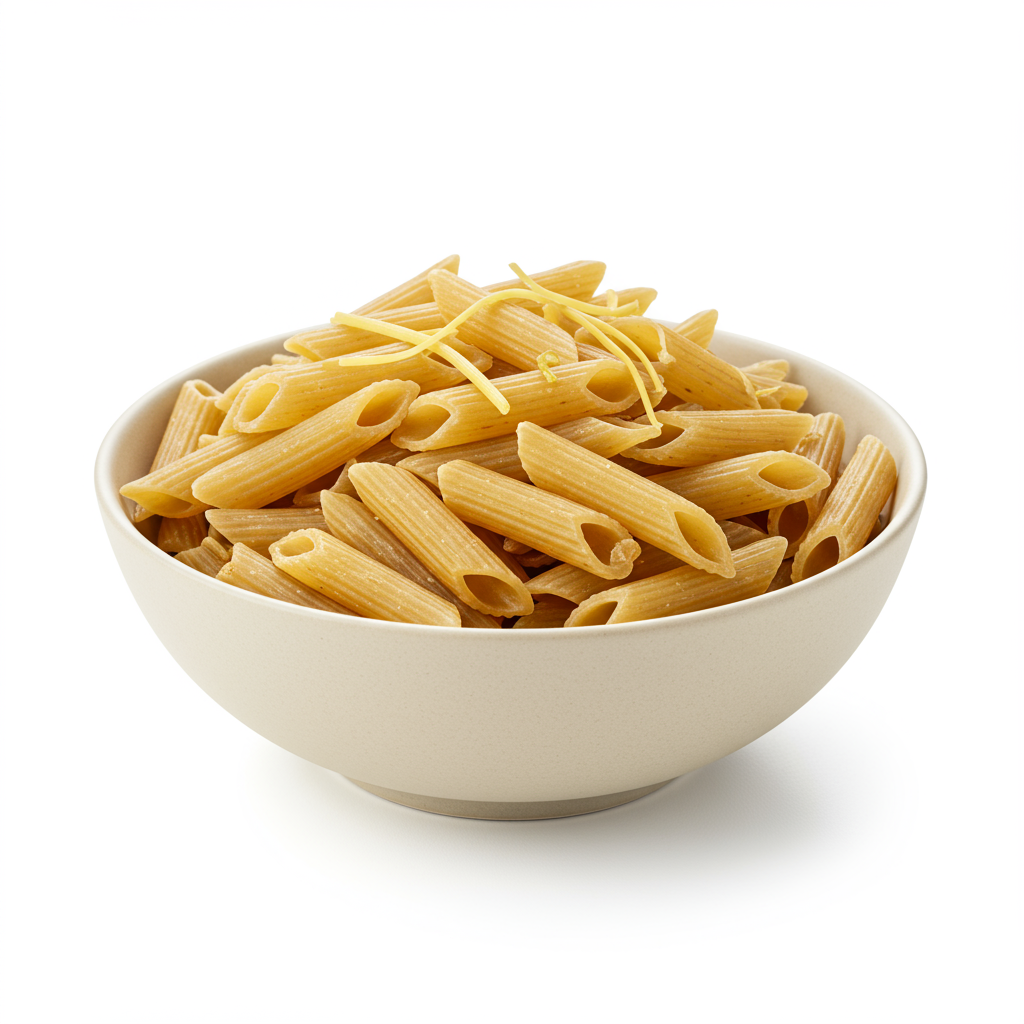
Brown Rice Penne Pasta
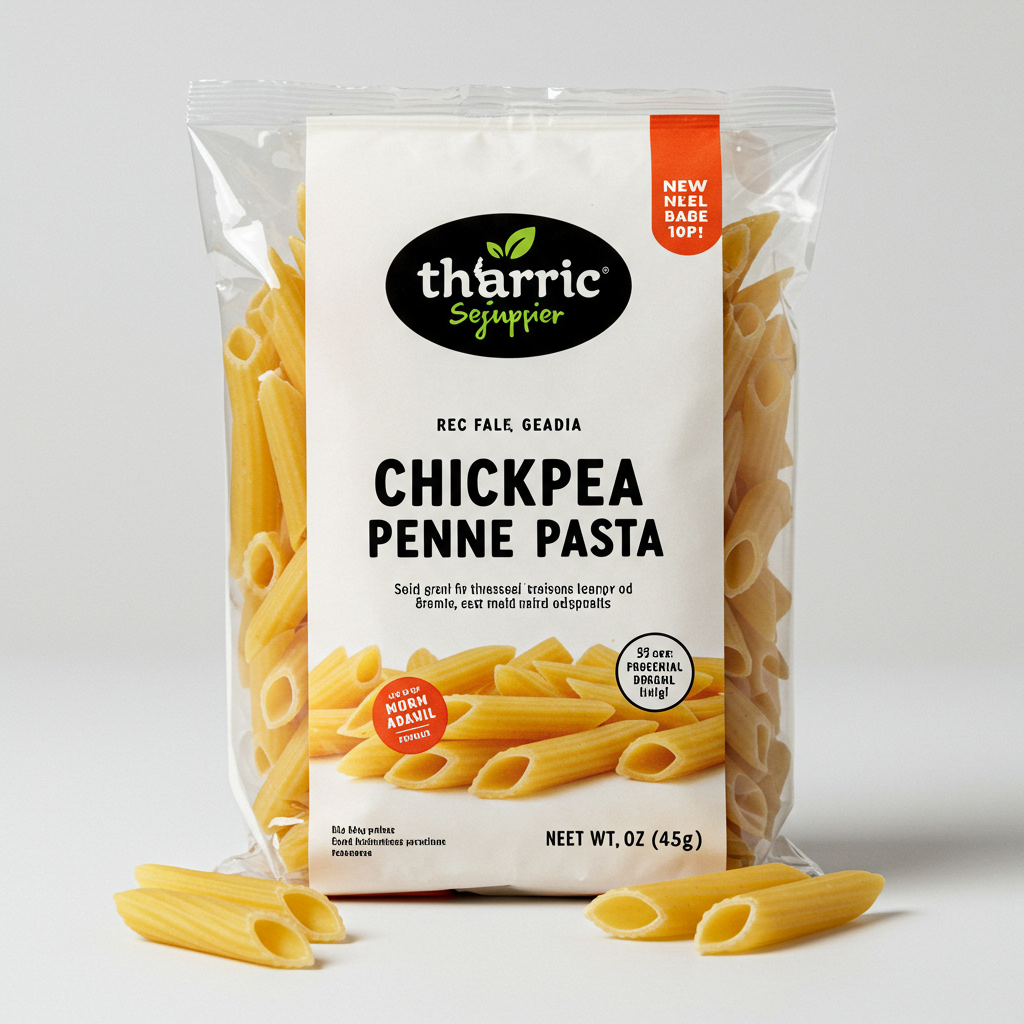
Chickpea Penne Pasta
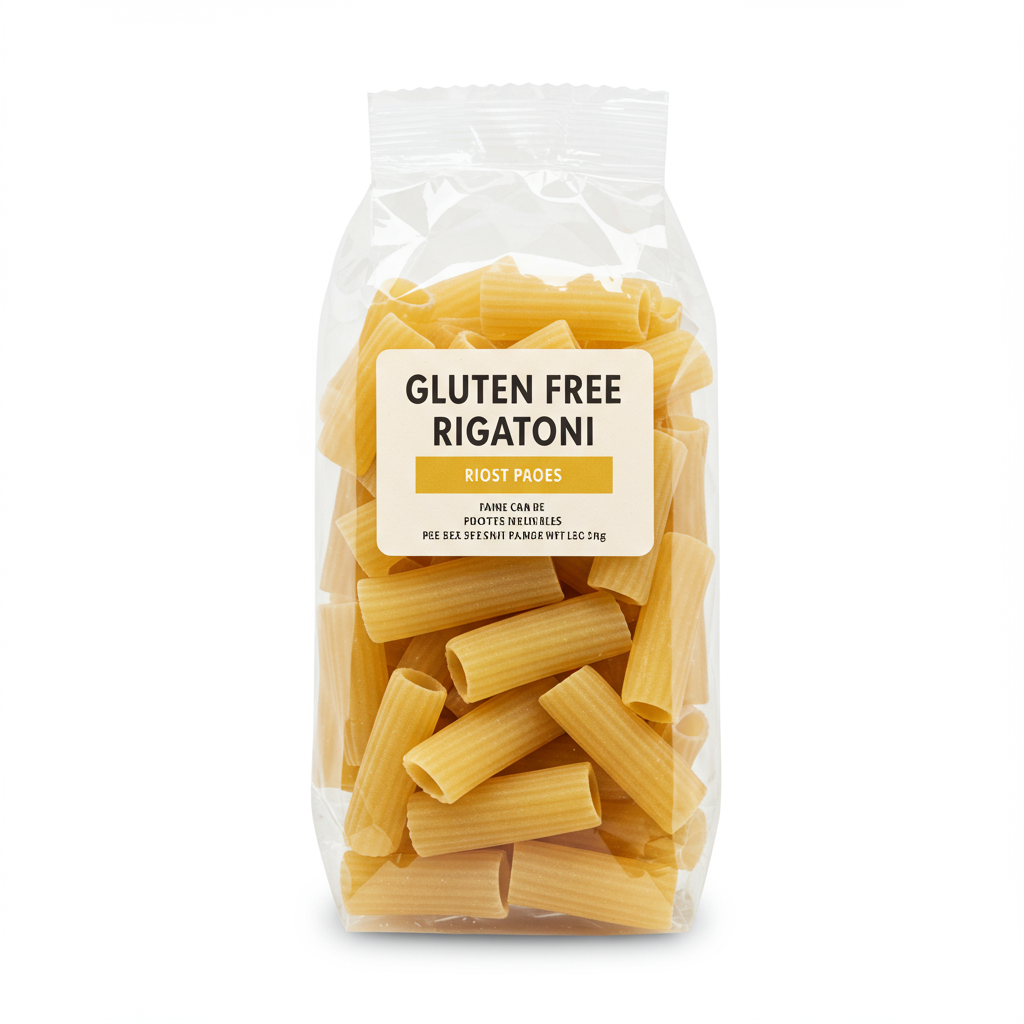
Gluten Free Rigatoni
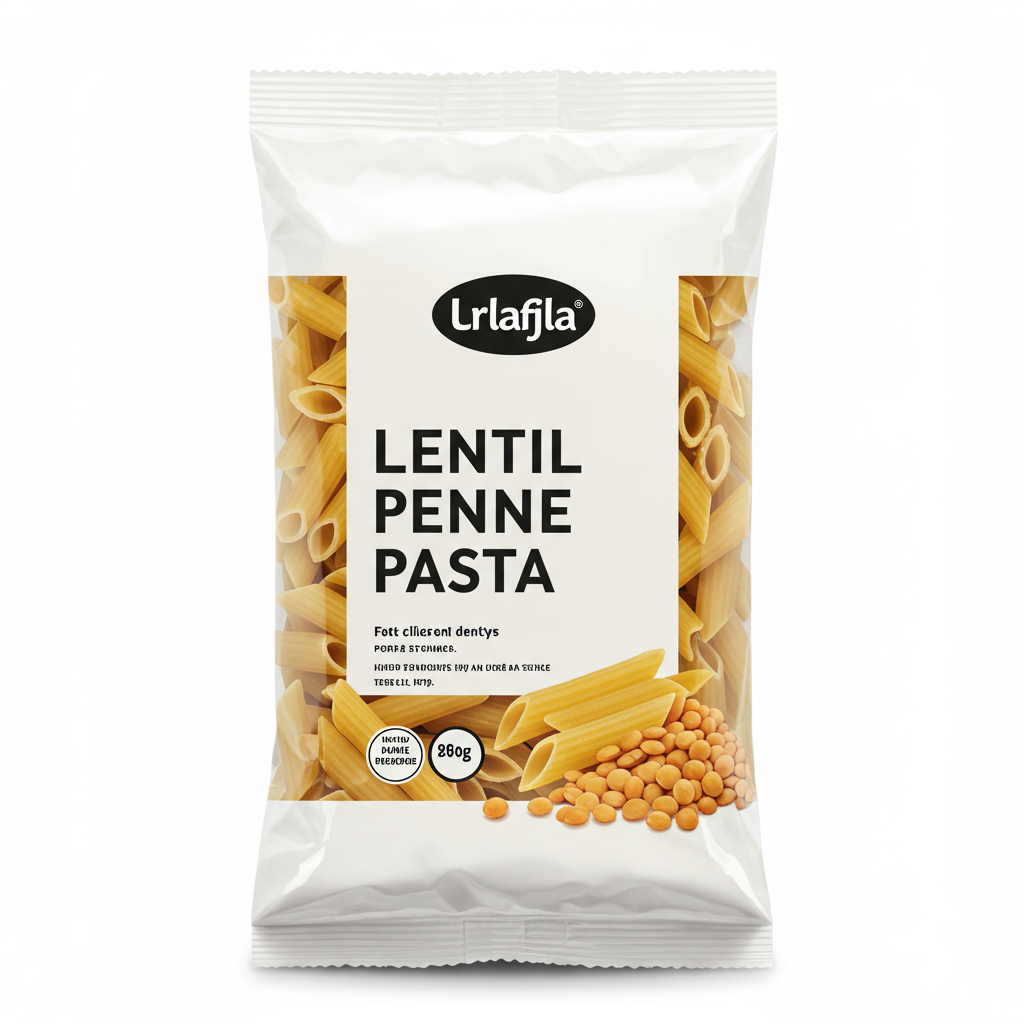
Lentil Penne Pasta

Ziti Pasta
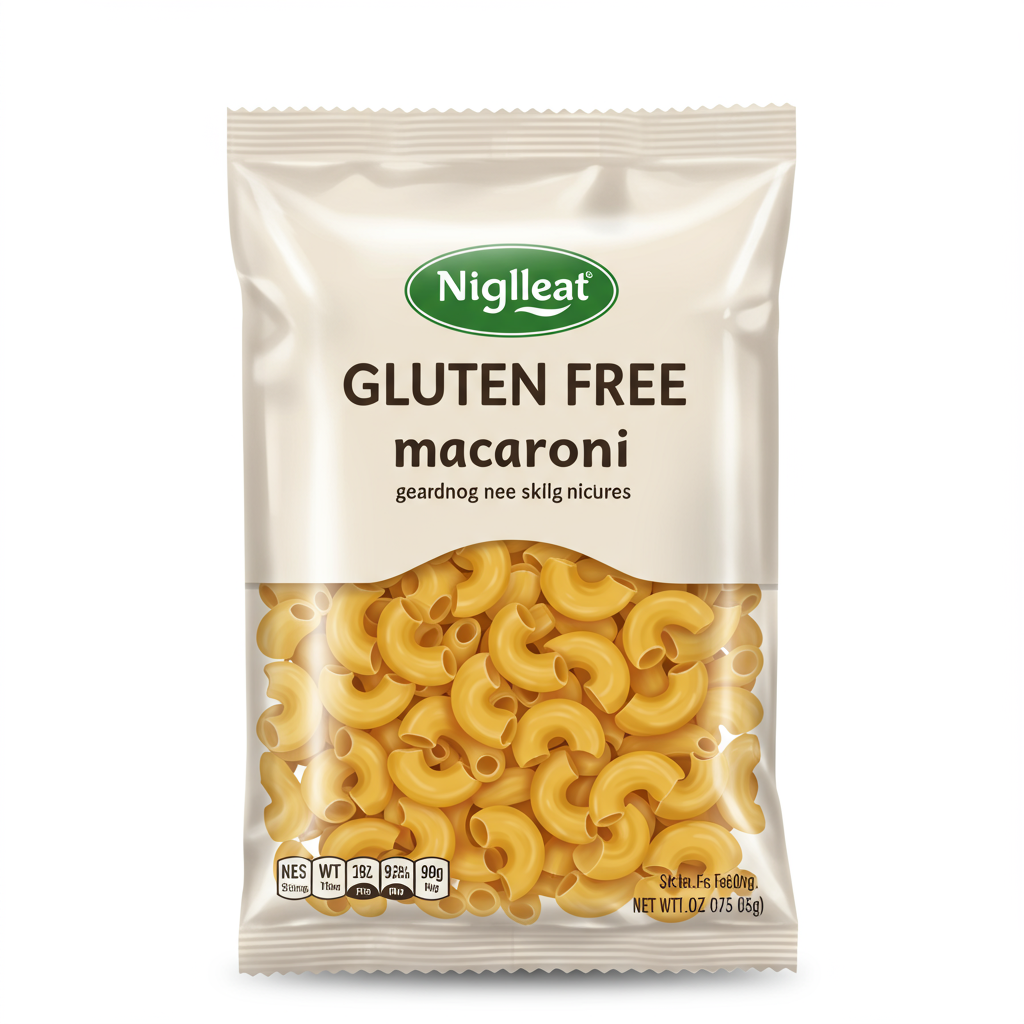
Gluten Free Macaroni
See All
Health Info
Macros
41g
CARBS
0g
FAT
6g
PROTEIN
Allowed on these diets
LOW FAT
HIGH CALCIUM
VEGETARIAN
VEGAN
LACTOSE FREE
Contains these allergens
WHEAT

